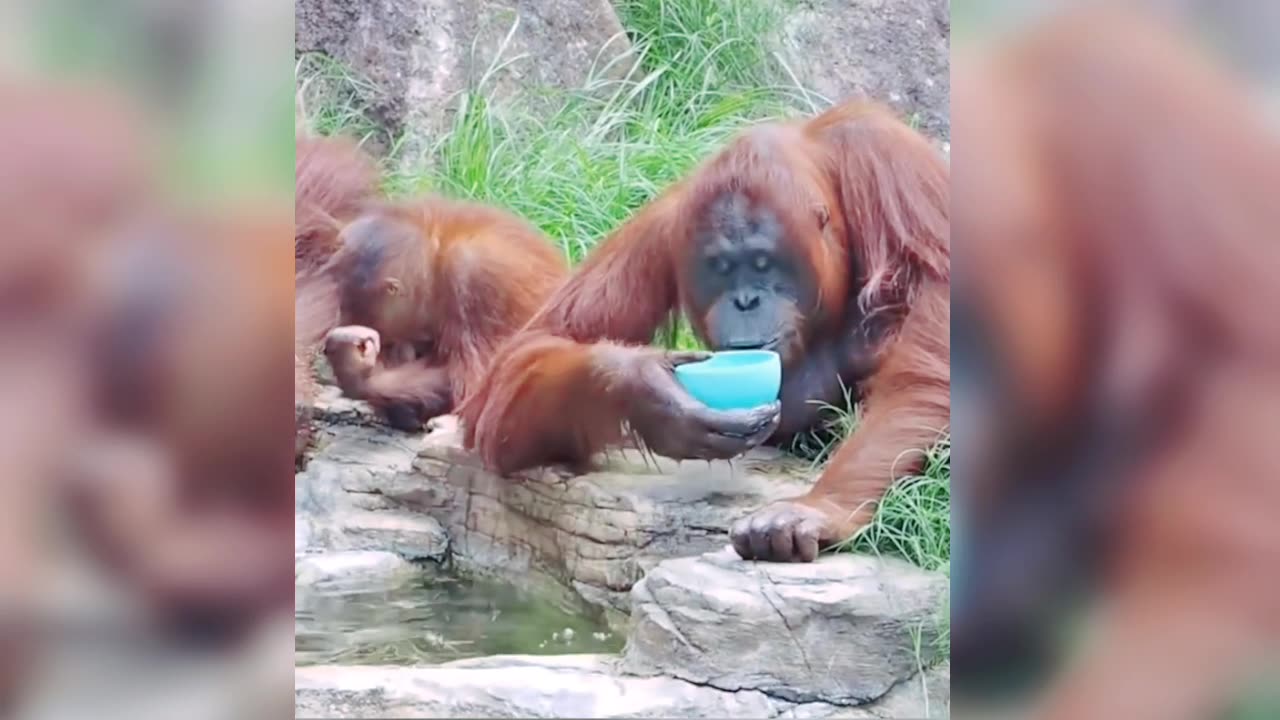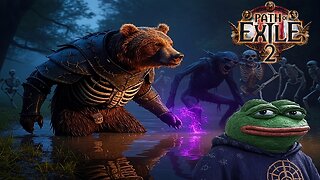Premium Only Content

Gorillas are large primates and are considered one of the closest living
Certainly! Here's a brief overview of the history of gorillas:
Gorillas are large primates and are considered one of the closest living relatives to humans. They belong to the family Hominidae and the genus Gorilla. There are two species of gorillas: the eastern gorilla (Gorilla beringei) and the western gorilla (Gorilla gorilla). Each species is further divided into subspecies.
The first scientific recognition of gorillas occurred in the 19th century. The explorer and naturalist Thomas Staughton Savage and his companion Jeffries Wyman were the first to obtain gorilla specimens in 1847. Later, the renowned zoologist and primatologist Dian Fossey played a vital role in studying and conserving gorillas in the wild.
Gorillas inhabit the forests of central and eastern Africa. They have distinct physical characteristics, including a robust build, large size, and pronounced sexual dimorphism (males being larger than females). Gorillas have a muscular frame, long arms, and a characteristic sagittal crest on their skulls.
These primates are herbivores, primarily feeding on leaves, fruits, stems, and bamboo shoots. They live in social groups called troops or bands, led by a dominant silverback male who protects and guides the group. Female gorillas, called adult females, and their offspring make up the majority of the troop.
Unfortunately, gorillas have faced numerous challenges over the years. Deforestation, habitat loss, poaching, and disease outbreaks have all posed significant threats to their populations. Conservation efforts have been instrumental in protecting these endangered animals, with organizations working to preserve their habitats and raise awareness about their plight.
In recent years, gorillas have gained attention due to their conservation status and the importance of their role in ecosystems. They have also become symbols for wildlife conservation and are studied extensively by researchers to better understand primate behavior, evolution, and genetics.
It's worth noting that my knowledge is based on information available up until September 2021. There may have been more recent developments in gorilla research and conservation since then.
-
 43:27
43:27
barstoolsports
8 hours agoOld Dog Bites Back | Surviving Barstool S4 Ep. 9
71.8K2 -
 LIVE
LIVE
Right Side Broadcasting Network
7 days agoLIVE: TPUSA's America Fest Conference: Day One - 12/19/24
8,758 watching -
 LIVE
LIVE
Man in America
23 hours agoPfizer Has Been Caught RED HANDED w/ Dr. Chris Flowers
1,422 watching -
 2:24:15
2:24:15
Slightly Offensive
6 hours ago $1.18 earnedAttempted ASSASSINATION of Nick J Fuentes LEAVES 1 DEAD! | Guest: Mel K & Breanna Morello
16.7K11 -
 1:43:08
1:43:08
Roseanne Barr
6 hours ago $2.96 earned"Ain't Nobody Good" with Jesse Lee Peterson | The Roseanne Barr Podcast #79
55.5K27 -

The StoneZONE with Roger Stone
3 hours agoTrump Should Sue Billionaire Governor JB Pritzker for Calling Him a Rapist | The StoneZONE
31.1K3 -
 LIVE
LIVE
Flyover Conservatives
21 hours agoAmerica’s Psychiatrist Speaks Out: Are We Greenlighting Violence? - Dr. Carole Lieberman | FOC Show
734 watching -
 LIVE
LIVE
LittleSaltyBear
4 hours ago $0.32 earnedNecromancing Path of Exile 2 4K
322 watching -
 3:51:34
3:51:34
Akademiks
4 hours agoJay Z War against Diddy Accuser Lawyer GOES CRAZY! Lil Baby Speaks OUT! Cardi v Offset? Bhad Bhabie?
73.9K5 -
 1:15:42
1:15:42
Josh Pate's College Football Show
5 hours ago $0.16 earnedCFP Changes Coming | Transfer Portal Intel | Games Of The Year | Head Coaches Set To Elevate
21.4K